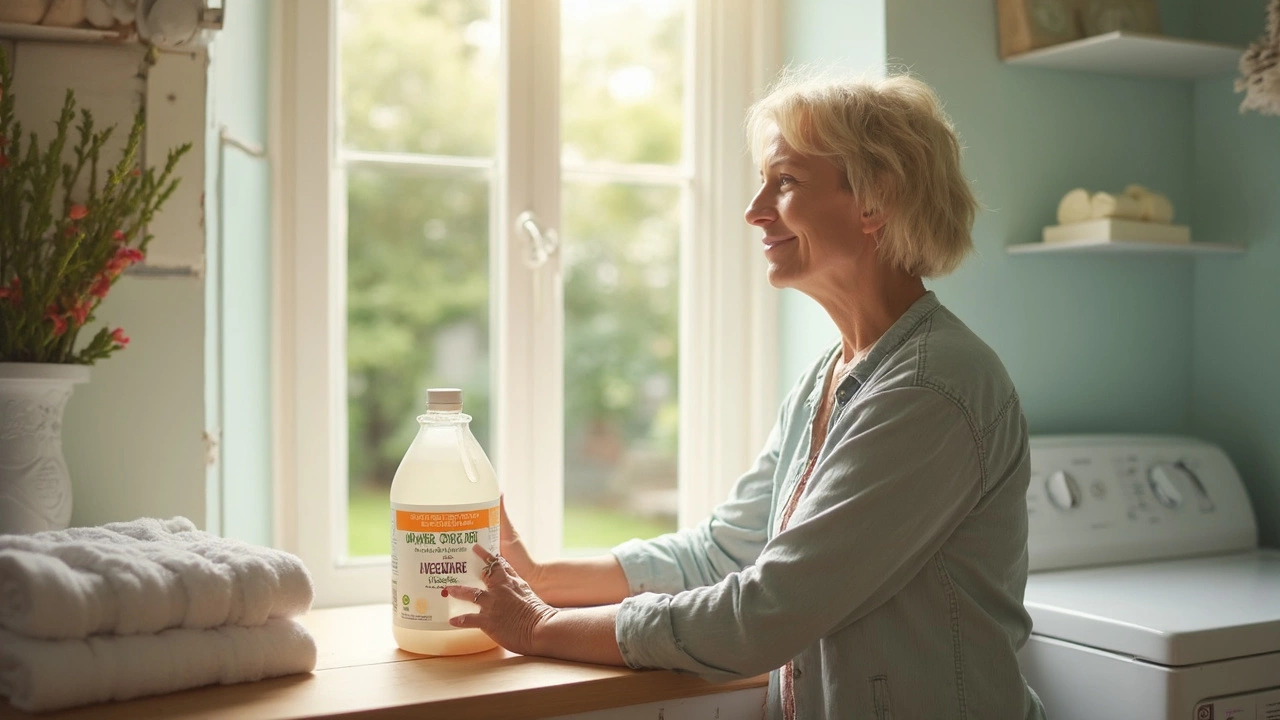Fabric Softener 101: What It Does and How to Use It Wisely
Ever wonder why your sheets feel buttery soft after a wash? That’s the magic of fabric softener. It coats fibers with a thin layer of lubricant, reducing static and making clothes feel smoother. But using it the wrong way can leave residues, fade colors, or even damage delicate fabrics. Below you’ll find straight‑forward tips that let you enjoy soft, fresh laundry without the hassle.
Quick Tips for Everyday Use
First, measure. Most liquid softeners come with a cap that doubles as a measuring scoop—use it. Adding too much doesn’t make clothes extra soft; it just creates build‑up in the machine. Second, add the softener at the right time. If you have a front‑loading washer, pour it into the dedicated dispenser drawer. Top‑loaders usually have a slot that releases the product during the rinse cycle. Third, keep the softener away from the detergent compartment. Mixing them can reduce the effectiveness of both.
For extra softness, try a second‑rinse cycle with a smaller amount of softener. This works especially well for towels that tend to feel a bit rough after a regular wash. And remember to clean your washer’s dispenser regularly—soap scum and softener can clog the holes and leave streaks on clothing.
Safe Alternatives When You Want to Go Green
If you’re looking for a budget‑friendly or eco‑friendly option, there are a few DIY tricks that work just as well. A cup of white vinegar added to the rinse cycle cuts static and softens fibers without any fragrance. It also helps keep your machine free of mineral deposits. Another alternative is a half‑cup of baking soda mixed with water; it softens fabrics while neutralising odors.
For those who prefer a natural scent, drop a few drops of essential oil (lavender or lemon are popular) into the vinegar or baking soda mixture. The oil clings to the fibers, giving your laundry a pleasant aroma without the chemicals found in many commercial softeners.
Be careful with delicate items like sportswear or flame‑retardant fabrics. Some manufacturers advise against any softener because it can affect the fabric’s performance. In those cases, stick to plain water or a tiny amount of vinegar.
By measuring correctly, timing the addition, and keeping your machine clean, you’ll get the best results from any fabric softener. If you want to cut chemicals and save a few pounds, try the vinegar or baking soda tricks—just test on a small piece first. With these simple steps, your laundry will stay soft, fresh, and ready for everyday use.

Does Adding White Vinegar to Laundry Really Work?
Ever wondered if pouring white vinegar in your laundry actually helps? This article spells out what vinegar does in the wash, from softening clothes to killing odors and cutting down on harsh chemicals. You'll find quick tips and the science behind why some people swear by it. Plus, check out when to avoid this popular hack to save your clothes and washer. Get the real story before you splash any vinegar into your next load.
Read More